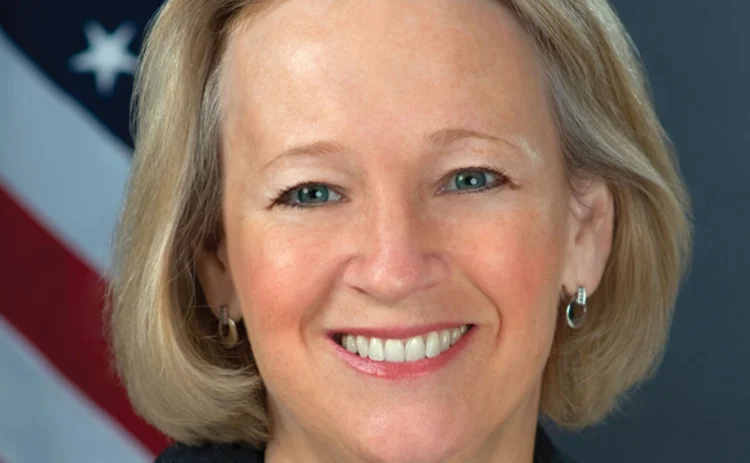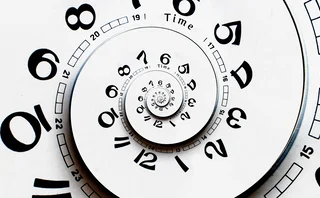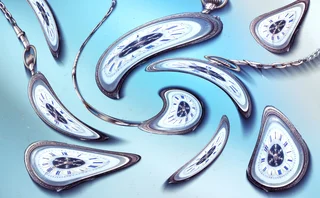SEC Modifies 'Flash Crash' Circuit Breaker Rules

The US Securities and Exchange Commission (SEC) has announced two updated initiatives, and corresponding mechanisms, referring to the Flash Crash of May 6, 2010, replacing those initially approved on a pilot basis following the events of that day.
The first establishes parameters around a limit-up–limit-down mechanism preventing trades on individual exchange-listed stocks from occurring outside particular price bands that correspond to preset percentage changes occurring over the previous five minutes. Securities on the S&P 500, Russell 1000 Index, and other certain liquid exchange-traded products will have a level of 5 percent; remaining securities will be limited at 10 percent. Those percentages will double during opening and closing.
The five-minute trading pause included within current circuit breakers will remain to accommodate more fundamental price moves.
Meanwhile, the second initiative addresses market-wide circuit breakers, which had been in place since October 1988, but proved insufficient to trigger a halt to trading during the 2010 Flash Crash.
The new rules will reduce the decline percentage threshold triggers to 7, 13, and 20 percent from the prior day's closing, replacing 10, 20, or 30 percent, for initiating a halt in trading. It will also shorten the duration of those halts in trading not causing a close in market to 15 minutes, from 30, 60, or 120 minutes; simplify relevant trigger time periods down to two—before and after 3:25 p.m.; designate the S&P 500 rather than Dow Jones Industrial Average for pricing references; and mandate daily, rather than quarterly, recalculation of trigger thresholds.
Under the new plan all exchanges, automated trading venues, and broker-dealers executing trades internally will work in concert with the Financial Industry Regulatory Authority (Finra) to establish policies and procedures to comply with the procedures set forth in the plan, with an implementation deadline of February 4, 2013.
"The initiatives we approved are the product of a significant effort to devise a sophisticated, yet workable and effective way to protect our markets from excessive volatility. In today's complex electronic markets, we need an automated and appropriately calibrated way to pause or limit trading if prices move too far, too fast," says SEC chair Mary L. Schapiro.
Only users who have a paid subscription or are part of a corporate subscription are able to print or copy content.
To access these options, along with all other subscription benefits, please contact info@waterstechnology.com or view our subscription options here: https://subscriptions.waterstechnology.com/subscribe
You are currently unable to print this content. Please contact info@waterstechnology.com to find out more.
You are currently unable to copy this content. Please contact info@waterstechnology.com to find out more.
Copyright Infopro Digital Limited. All rights reserved.
As outlined in our terms and conditions, https://www.infopro-digital.com/terms-and-conditions/subscriptions/ (point 2.4), printing is limited to a single copy.
If you would like to purchase additional rights please email info@waterstechnology.com
Copyright Infopro Digital Limited. All rights reserved.
You may share this content using our article tools. As outlined in our terms and conditions, https://www.infopro-digital.com/terms-and-conditions/subscriptions/ (clause 2.4), an Authorised User may only make one copy of the materials for their own personal use. You must also comply with the restrictions in clause 2.5.
If you would like to purchase additional rights please email info@waterstechnology.com
More on Regulation
New EBA taxonomy could help banks track AI risk
Extra loss flags will allow banks to track transversal risks like geopolitics and AI, say experts.
Risk managers question US reach of Dora third-party list
Some EU subsidiaries included, but regulator control over cloud providers could still be limited.
Where have four years of Cusip legal drama gone?
The IMD Wrap: The antitrust case against Cusip Global Services has been a long, winding road. Reb recaps what you might have missed.
2026 will be the year agent armies awaken
Waters Wrap: Several AI experts have recently said that the next 12 months will see significant progress for agentic AI. Are capital markets firms ready for this shift from generative AI to agents?
Despite regulatory thaw in US, major questions remain globally for 2026
From crypto and tokenization to the CAT to consolidated tapes to T+1’s advancement, the regulatory space will be front and center in the New Year.
Will overnight trading in equity markets expand next year? It’s complicated.
The potential for expanded overnight trading in US equity markets sparked debate this year, whether people liked it or not.
Waters Wavelength Ep. 342: LexisNexis Risk Solutions’ Sophie Lagouanelle
This week, Sophie Lagouanelle, chief product officer for financial crime compliance at LNRS, joins the podcast to discuss trends in the space moving into 2026.
Citadel Securities, BlackRock, Nasdaq mull tokenized equities’ impact on regulations
An SEC panel of broker-dealers, market-makers and crypto specialists debated the ramifications of a future with tokenized equities.







